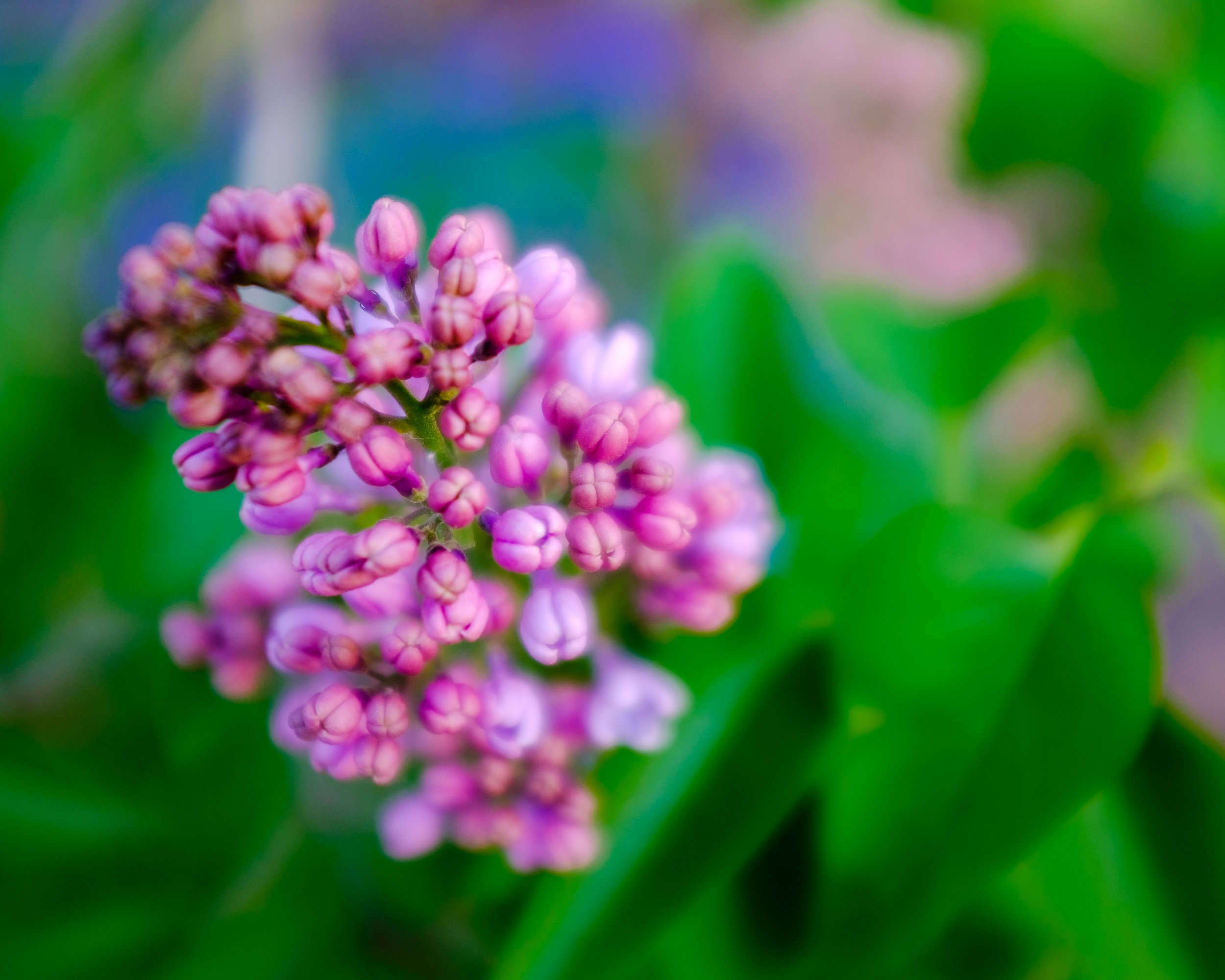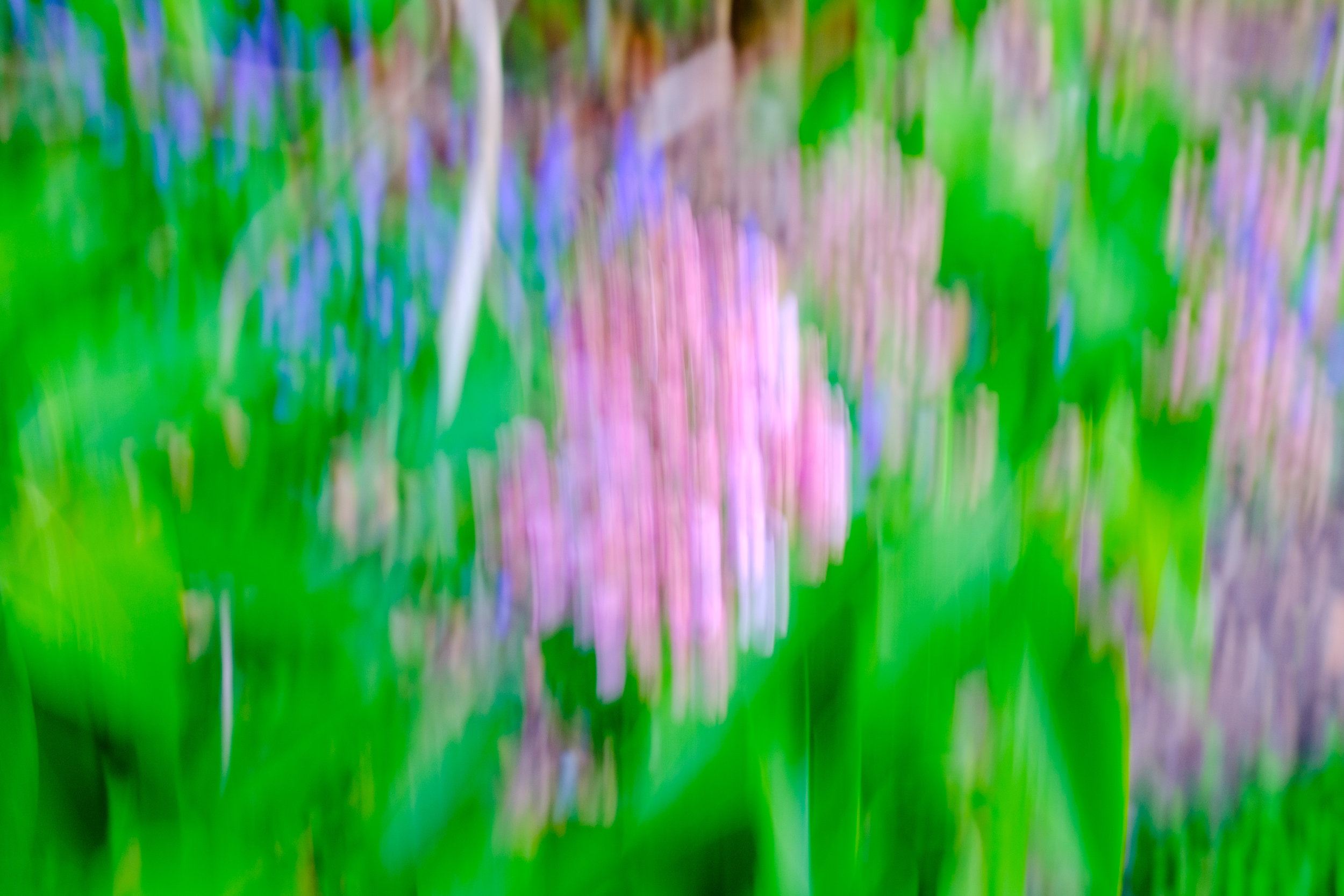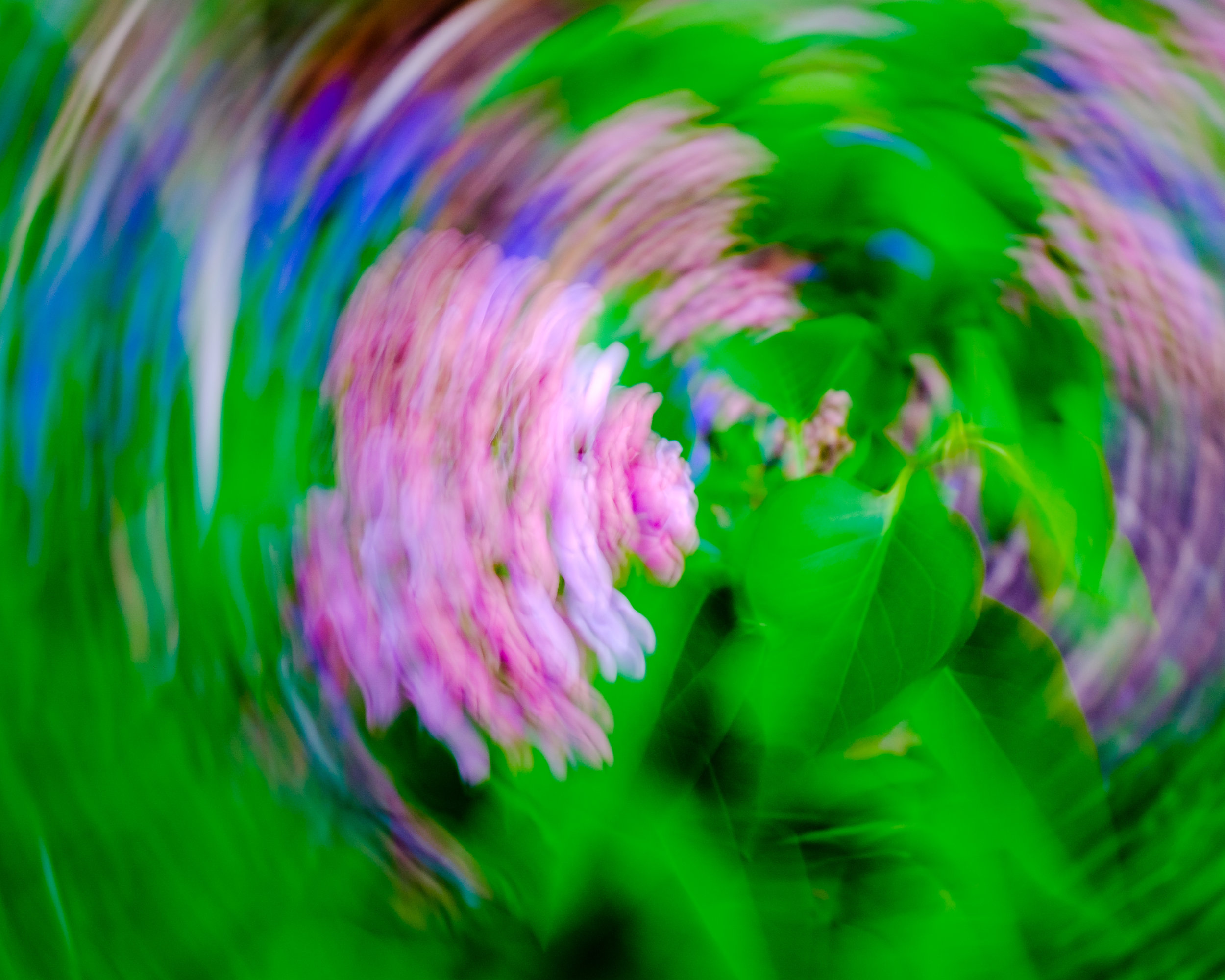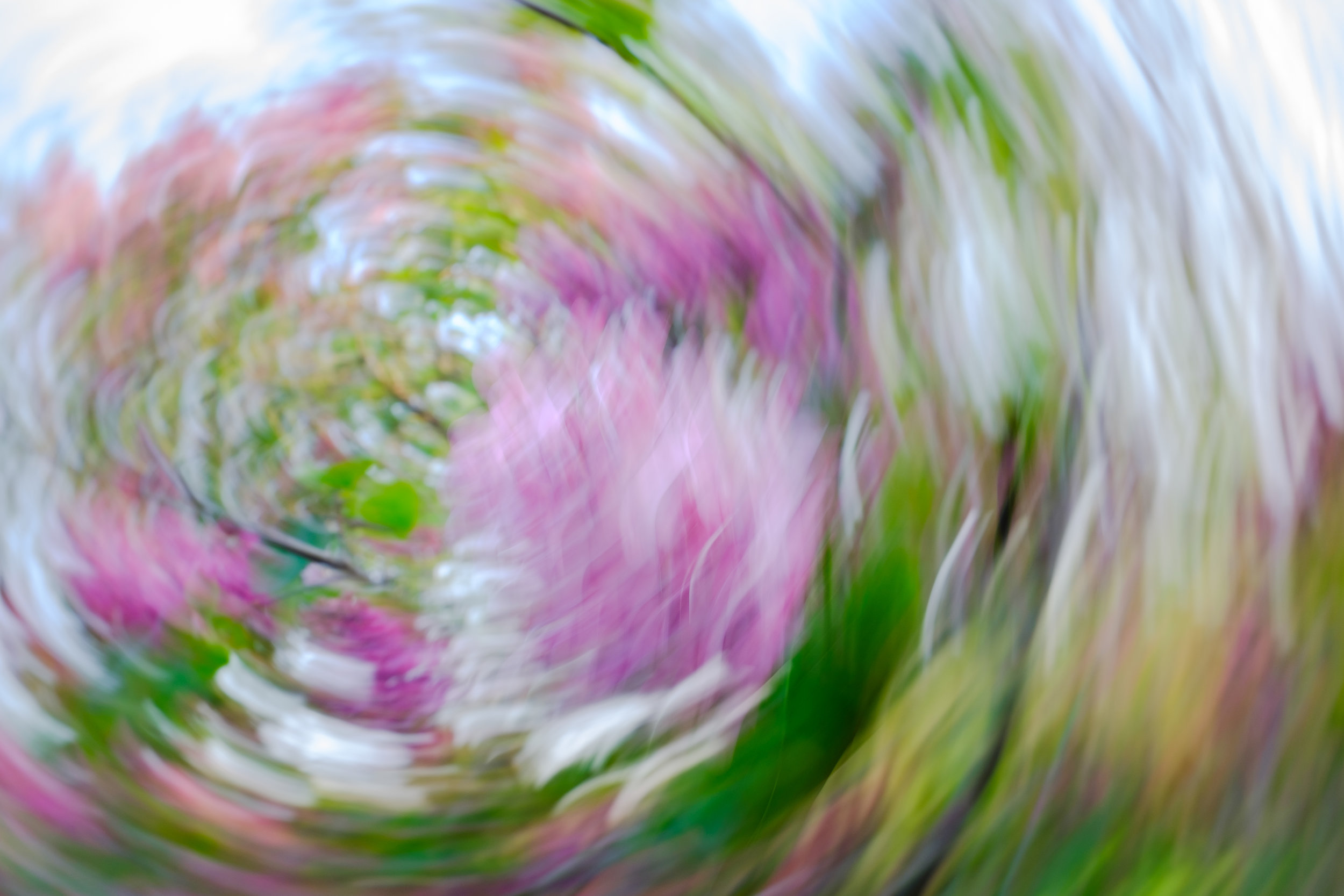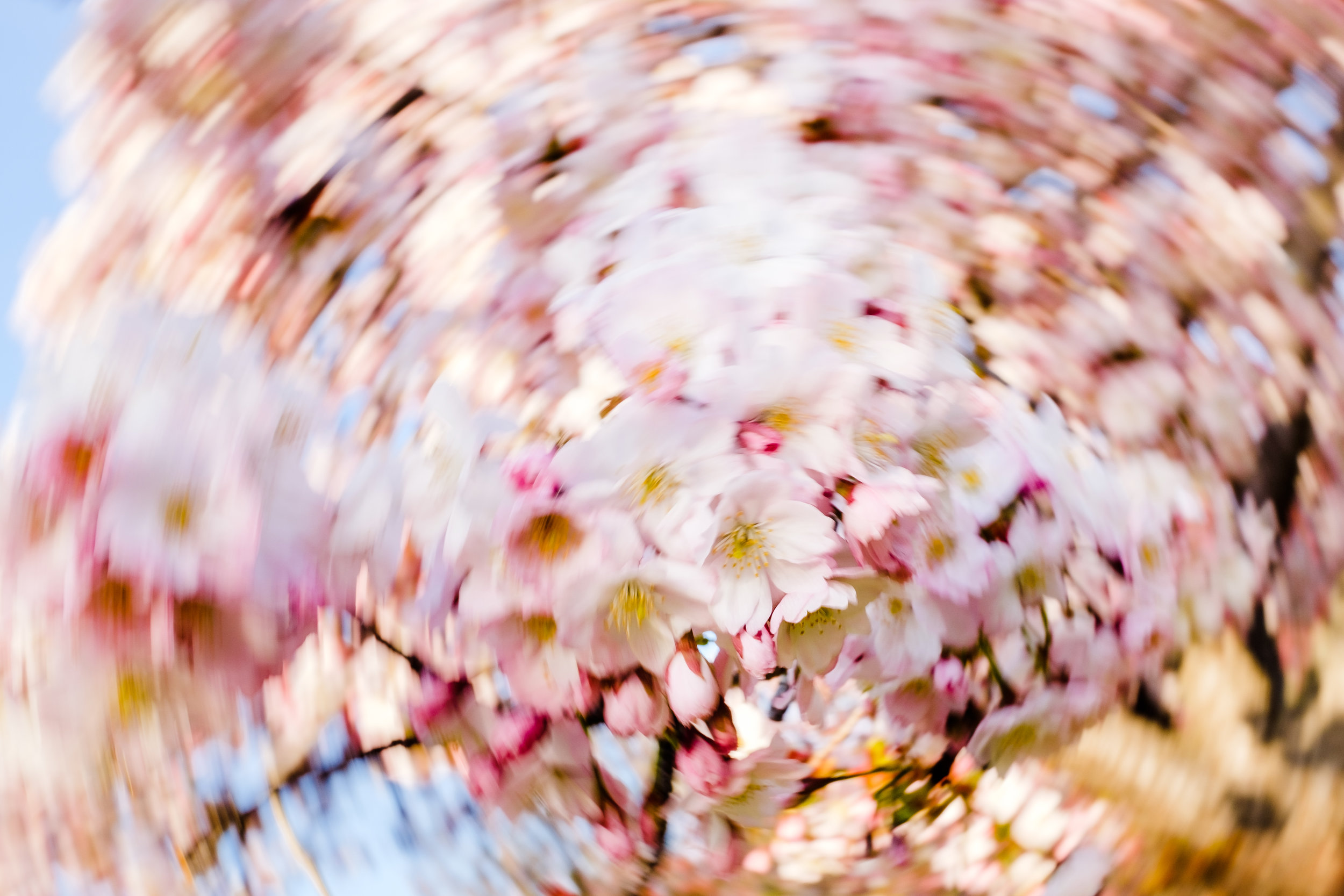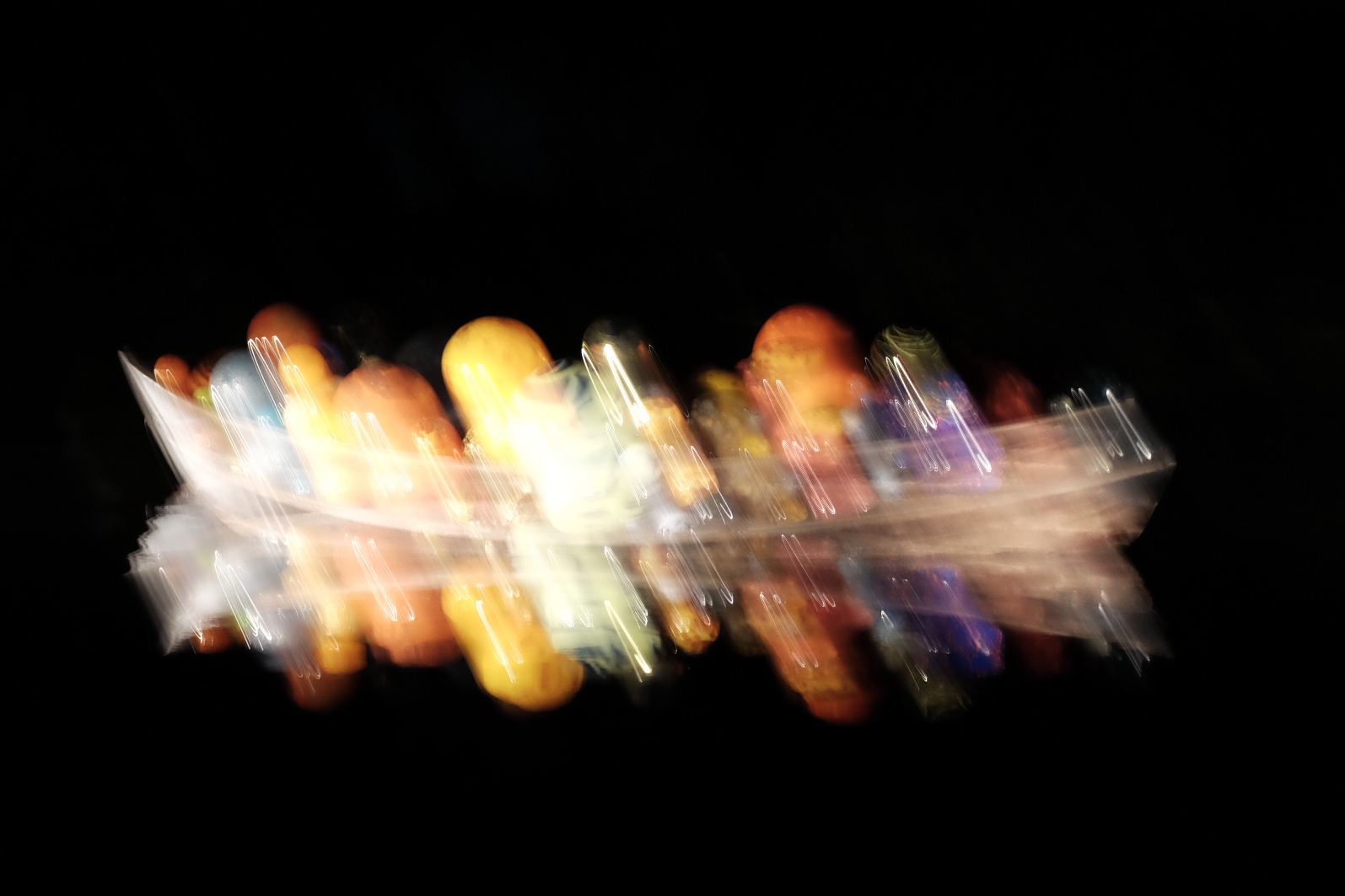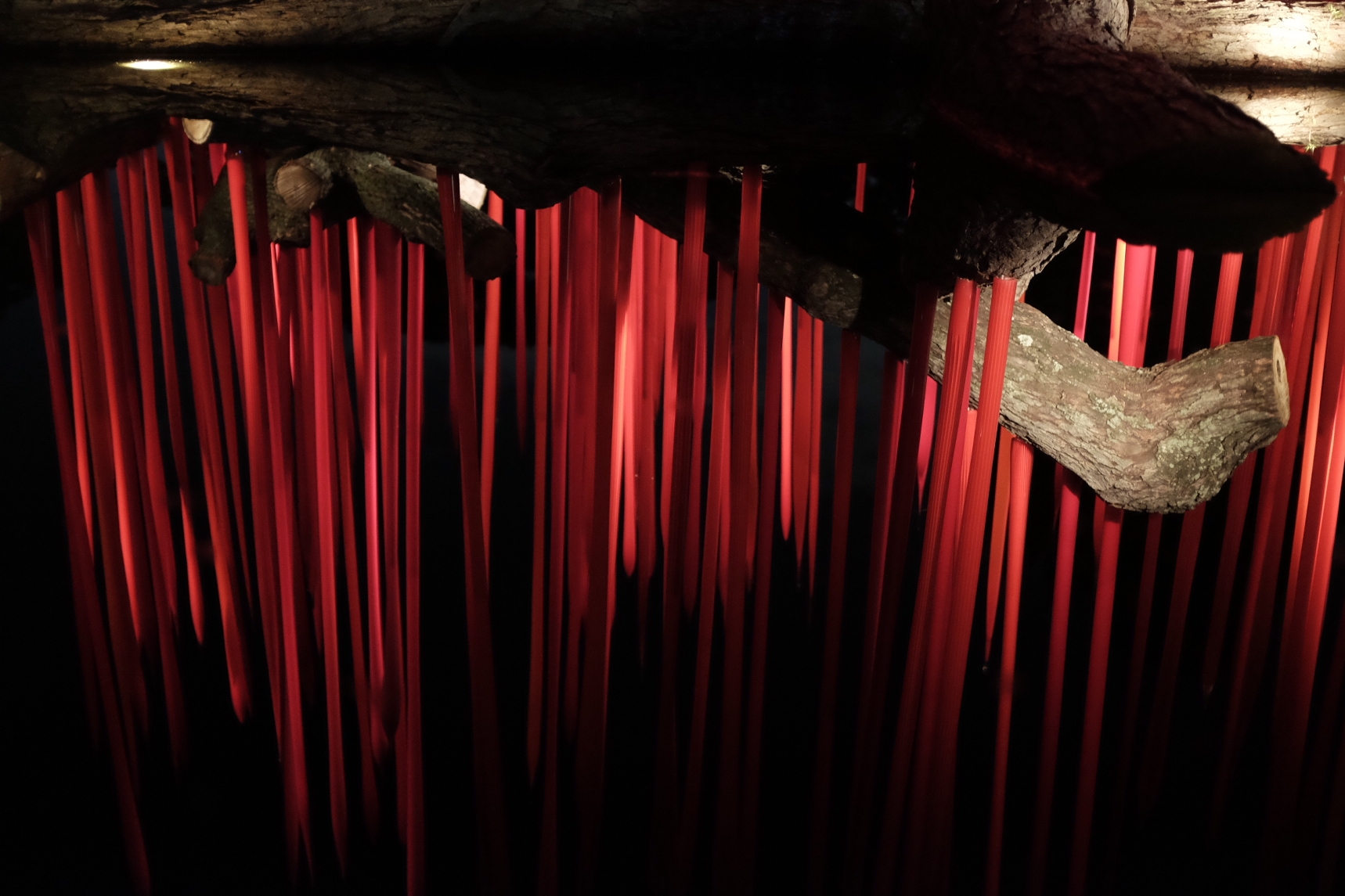Using just a bit of camera motion while taking a frame can send a photo in many different directions. From the mildly edgy to the wildly abstract, very small movements make a lot of change. Here my goal was explore the different ways that a little bit of speed and different approaches to focus and shutter speed affected the final image.
One thing that became apparent is that showing just a little blur was much worse than going overboard - it looked more like a mistake of craft rather than an intentional artistic move. I also found myself enjoying those where there was more of a clearly defined single element around which the background moved. Achieving this is quite difficult because it requires keeping the camera at a very steady plane while rotating the camera and moving it through while hitting the shutter. But it was worth it to learn a new method.

